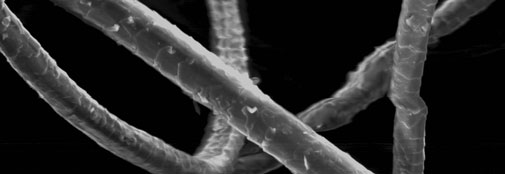Strontium Isotopic Tracing of Bronze Age Danish Textiles
Previous CTR project

The programme is headed by Karin Margarita Frei.
One of the most important questions that archaeologists pose to ancient material is the question of origin. However, provenance is one of the hardest pieces of information to obtain about any archaeological object in absolute terms. Recently the development of a new archaeometric tool which enables to gather information on the provenance of ancient textiles raw material, created a new important possible source of information within the field of textile research.
This tracing method rests on the fact that each geological area has a characteristic strontium isotopic ‘signature’, which is transferred to plants and animals without fractionating throughout the food chain. Thus these signatures are also transferred to the wool or plant fibres of textiles. Moreover, by developing baselines of the bio-available strontium isotope ratios of the retrieval site it is possible to establish if the raw material (wool/plant fibre) is of local provenance or not.
This method is applicable also to dyed material. The aim of this project is to investigate and expand the previous research by moving back in time from Danish Early Iron Age to Danish Bronze Age. Furthermore, we hope to be able to contribute with information on the network/trade behind textile production in Danish prehistory.
The analysis will be carried out in the laboratories at the Danish Centre for Isotope Geology, Institute of Geography and Geology, University of Copenhagen.
Article (in Danish) by Karin Margarita Frei:
"Nyt geokemisk danmarkskort opklarer uløste mysterier"
